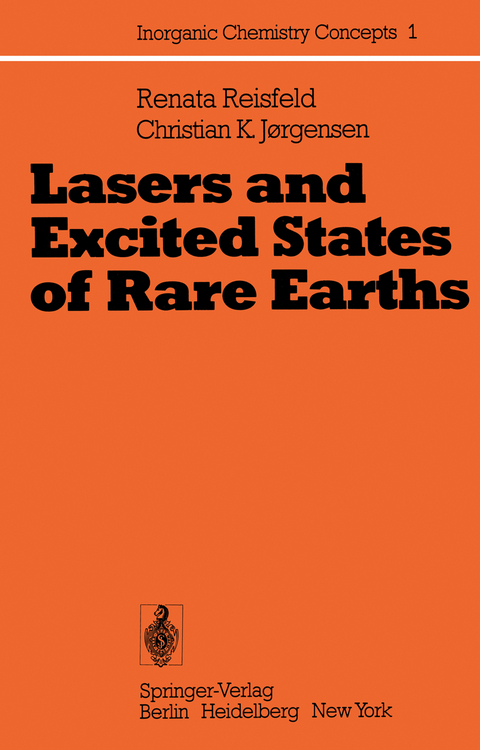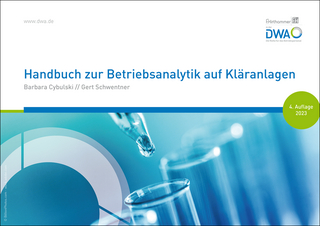
Lasers and Excited States of Rare Earths
Springer Berlin (Verlag)
978-3-642-66698-8 (ISBN)
1. Analogies and Differences Between Monatomic Entities and Condensed Matter.- A. The Configuration 4fq as an Instance of Spherical Symmetry.- B. The "Ligand Field" as Minor Deviations from Spherical Symmetry.- C. Inter-shell Transitions to Empty 5d and 6s Orbitals.- D. Electron Transfer Bands, Including the Uranyl Ion.- References.- 2. Rare-Earth Lasers.- A. Introduction.- B. Spontaneous and Stimulated Emission.- C. Three-level Laser System.- D. Four-level Laser System.- E. Modes of Oscillation.- F. The Threshold of Optical Pumping.- G. Laser Output.- H. Examples of Rare Earth Lasers.- References.- 3. Chemical Bonding and Lanthanide Spectra.- A. The Nephelauxetic Effect and the Photo-electron Spectra.- B. The Intensities and the Hypersensitive Pseudoquadrupolar Transitions.- C. The Chemistry Behind the Judd-Ofelt Parametrization.- References.- 4. Energy Transfer.- A. Transfer Probabilities.- B. Migration of Excitation.- C. Inhomogeneous Broadening.- D. Phonon-assisted Energy Transfer.- E. Selected Examples and Suggestions.- References.- 5. Applications and Suggestions.- A. The Standard Emission Spectrum of Opaque Objects (in Atomic Units).- B. Induced Thermonuclear Reactions.- C. Cathodoluminescence and Energy Dissipation from Rapid Elementary Particles and Fission Products.- D. Communications and Holography.- E. Geodesy and Trigonometry in the Solar System.- F. Antiferromagnetic Coupling with Adjacent Transition Group Ions.- G. Final Comments on Spectroscopy in Condensed Matter.- References.- 6. Subject Index.- 7. Author Index.
| Erscheint lt. Verlag | 1.7.2012 |
|---|---|
| Reihe/Serie | Inorganic Chemistry Concepts |
| Zusatzinfo | VIII, 228 p. |
| Verlagsort | Berlin |
| Sprache | englisch |
| Maße | 170 x 244 mm |
| Gewicht | 421 g |
| Themenwelt | Naturwissenschaften ► Chemie |
| Schlagworte | Electrons • Laser • lasers • Optics • Seltene Erden • Spektroskopie |
| ISBN-10 | 3-642-66698-1 / 3642666981 |
| ISBN-13 | 978-3-642-66698-8 / 9783642666988 |
| Zustand | Neuware |
| Haben Sie eine Frage zum Produkt? |
aus dem Bereich


